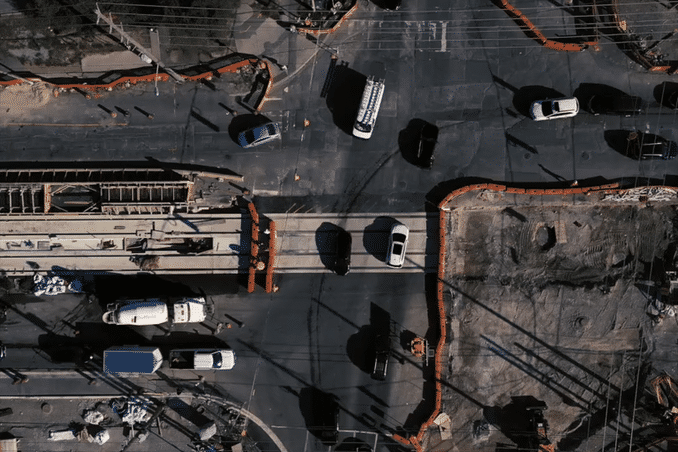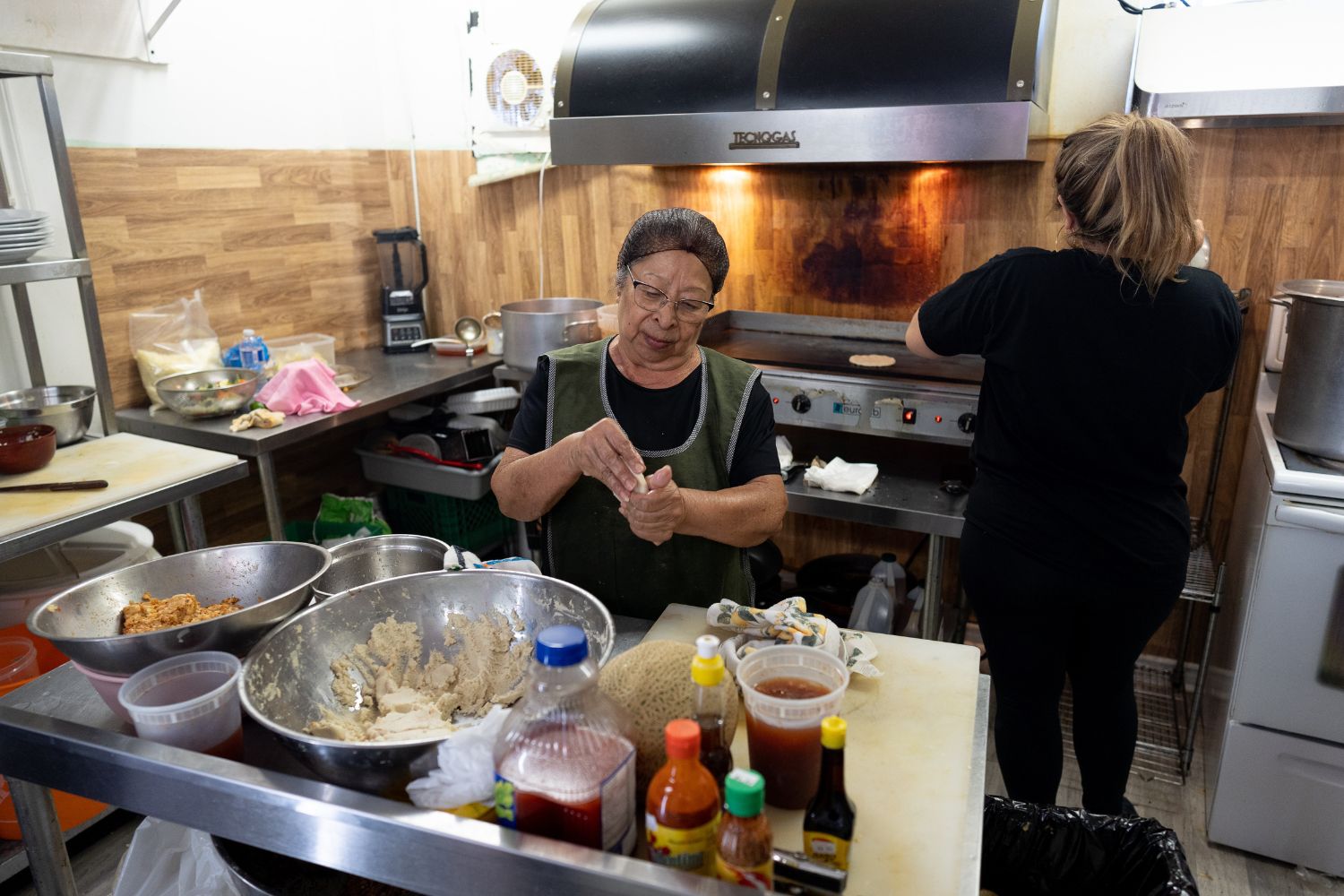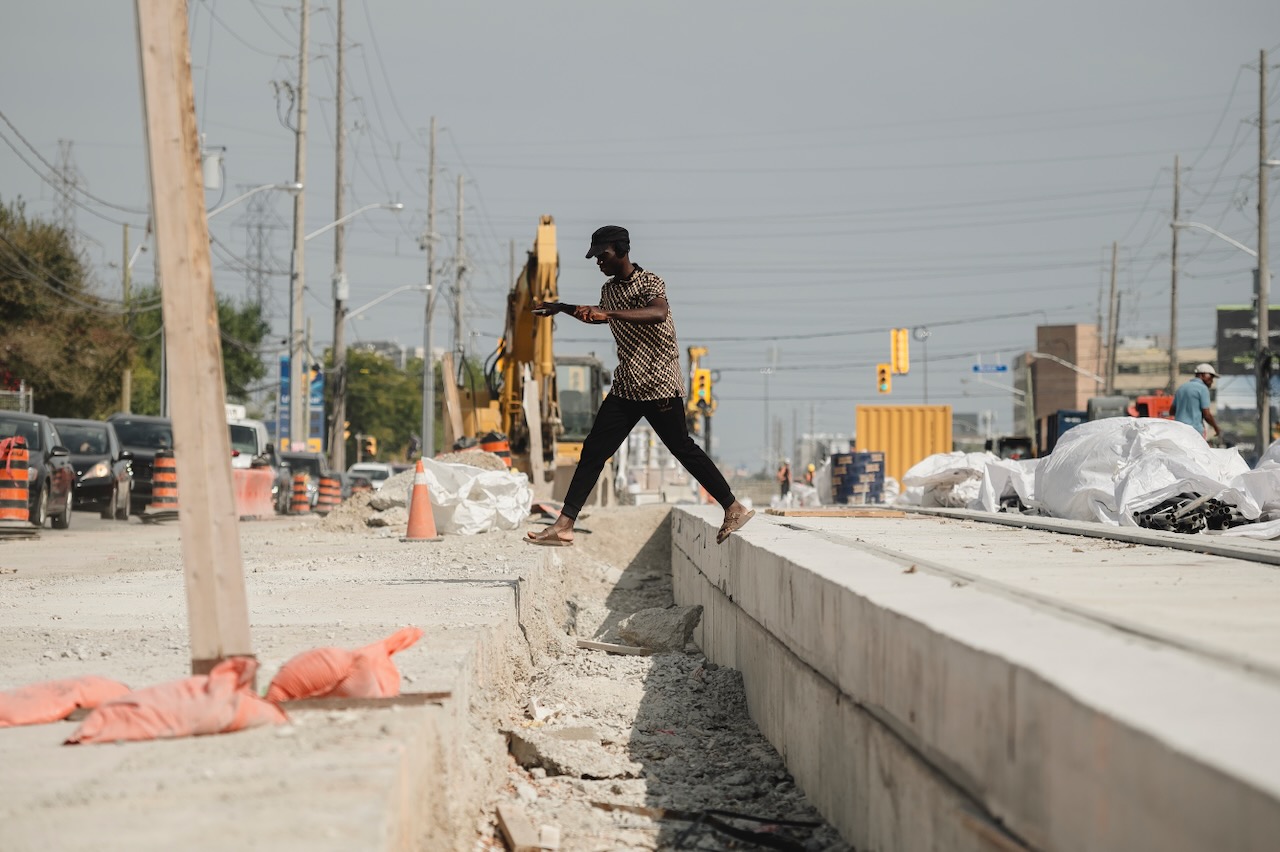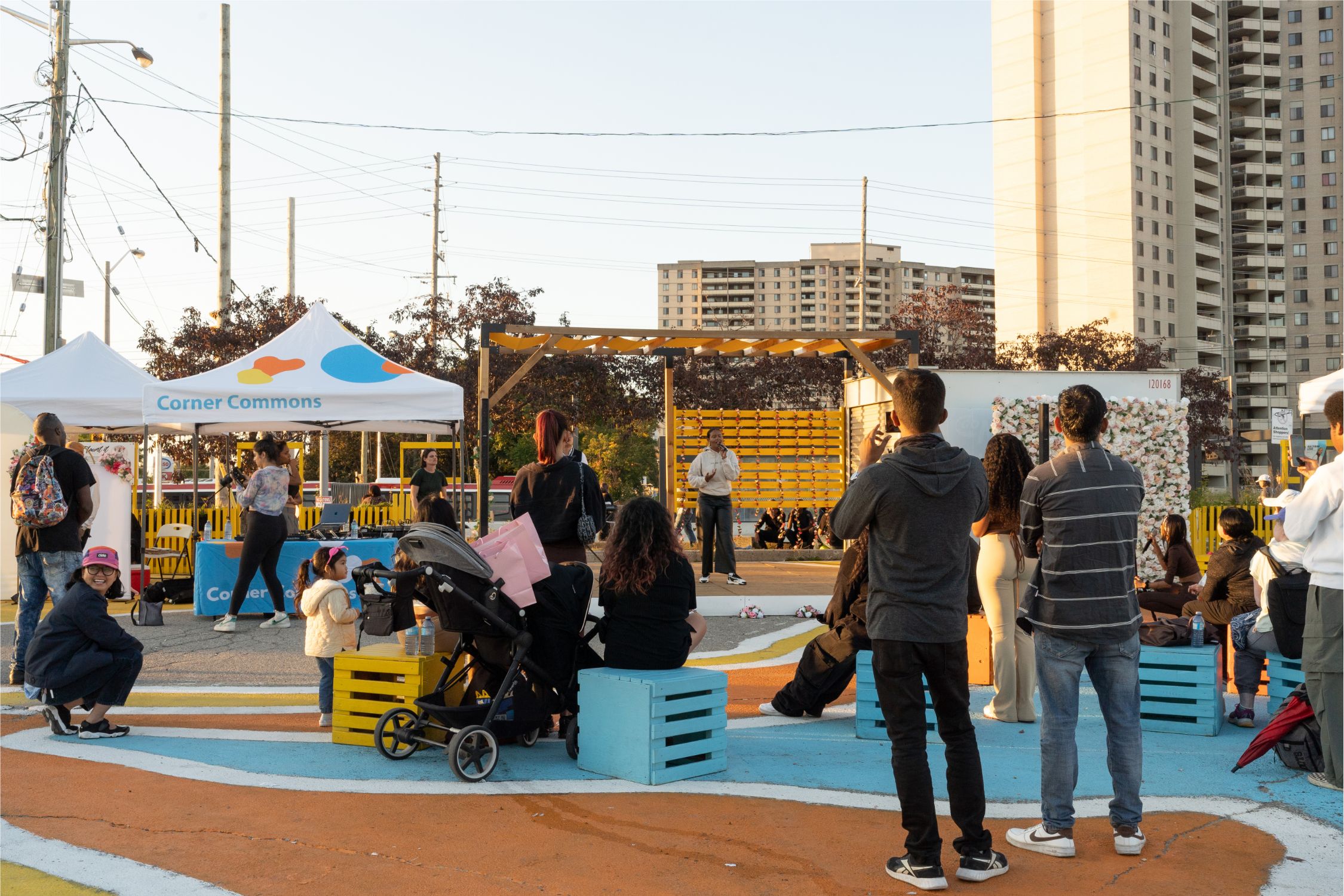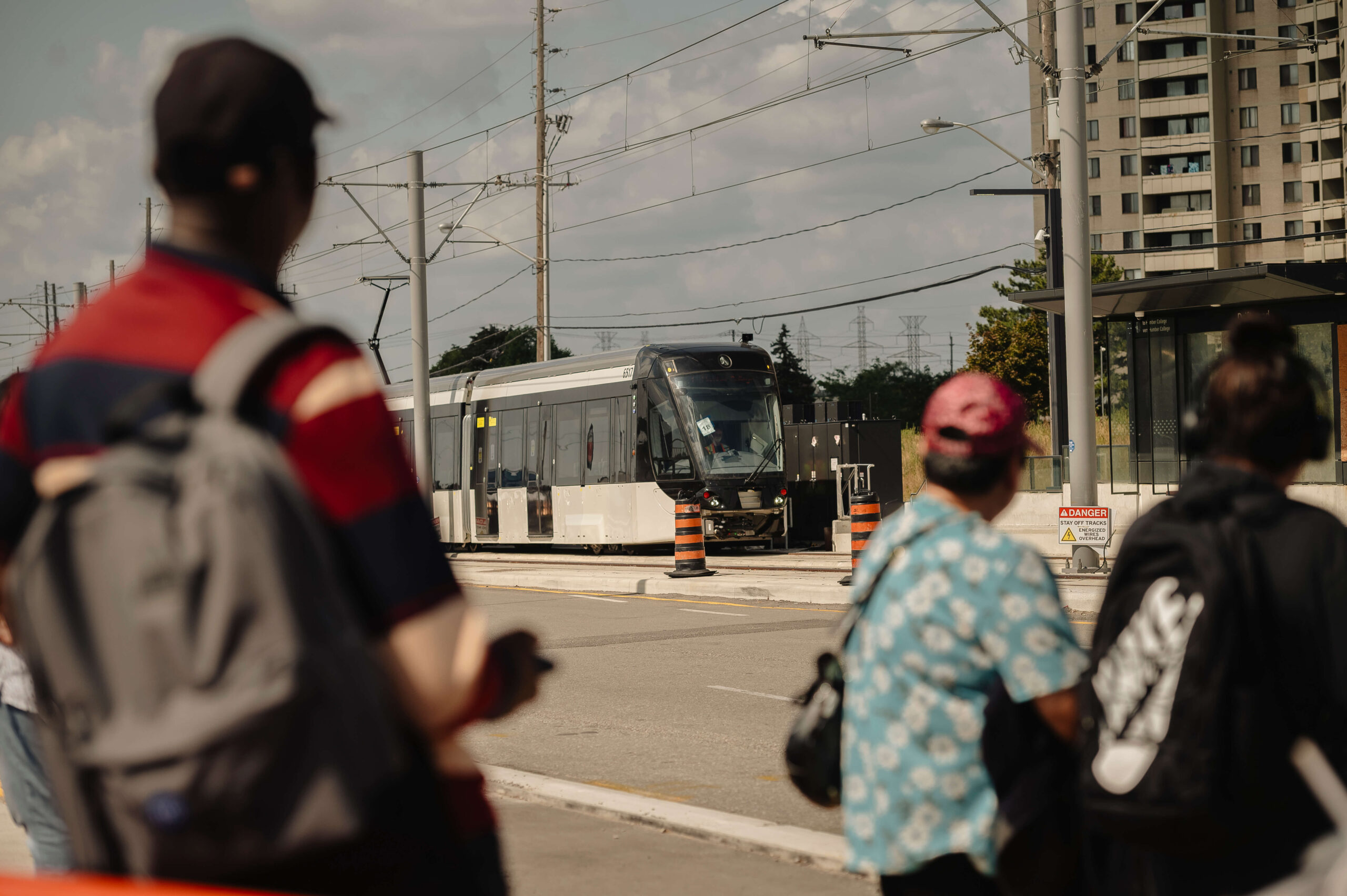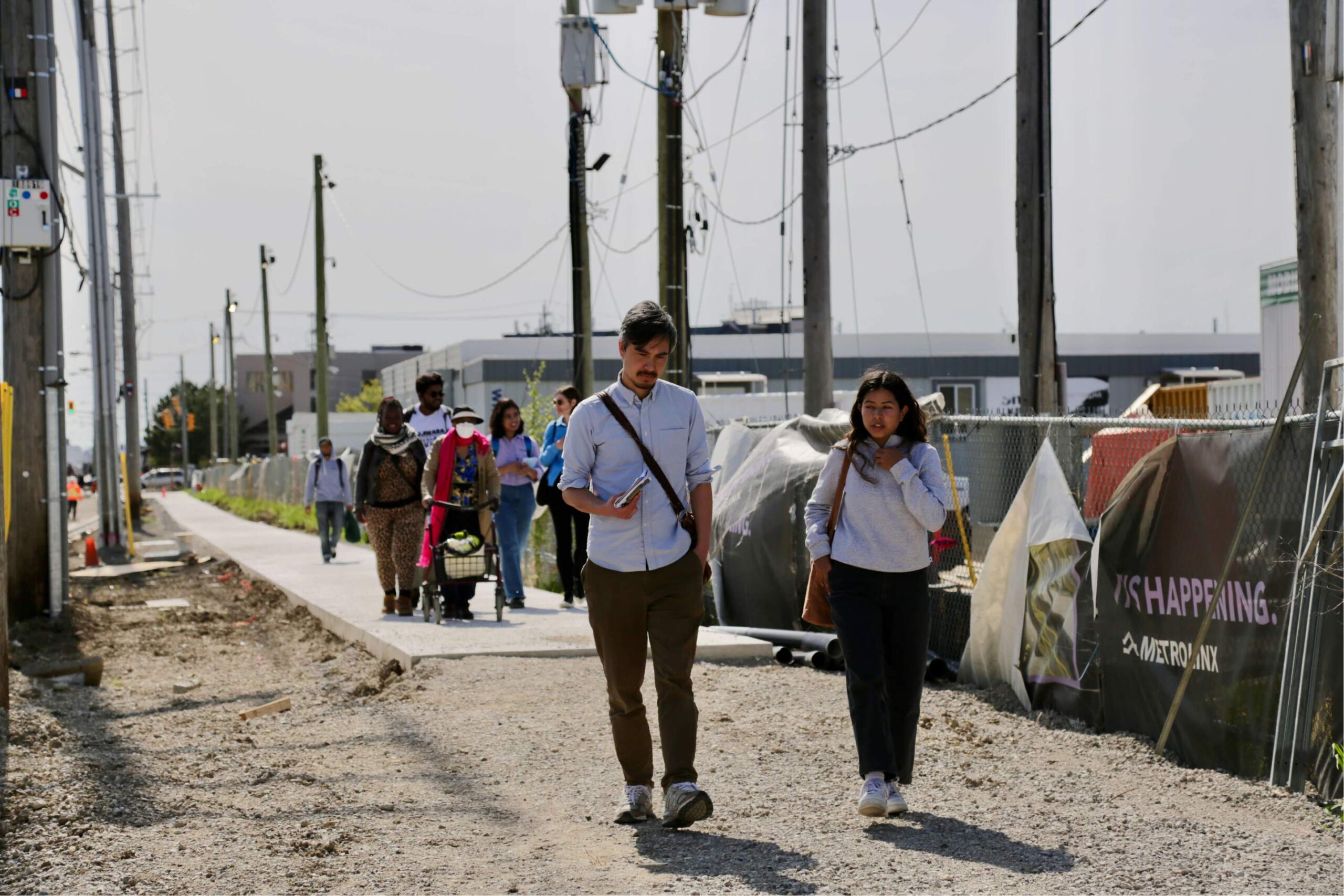There was a brief window of time—beginning, roughly, with the arrival of COVID in Canada and ending with the Omicron wave—when Torontonians appeared to care deeply about the northwest corner of their city. Far removed from the downtown core and ill-served by transit, the region can feel like an abstraction to people who don’t live there, although it is vibrantly real to those who do.
The best way to get there is to start at Finch West Station, which sits amid the strip malls and midrise office buildings of York University Heights. Take the 36 bus east towards Bathurst, and you’ll soon arrive in the Ukrainian, Russian, and Jewish neighbourhoods depicted so poignantly in David Bezmozgis’s classic short story collection Natasha. Take the bus west, and within five minutes (or 45, if traffic is bad) you’ll find yourself at Jane and Finch, a neighbourhood of concrete expanses and looming residential towers, with a storied history of activism and cultural ferment: it used to host the annual Kiddie Carnival, a Caribana festival for young people, until the event became so popular it outgrew the region. Ride farther west, and you’ll get to Humber Summit, Humbermede, or Thistletown, former mill settlements and farming villages that now feature modest post-war homes. Keep riding, and you’ll wind up in Rexdale, a mid-century suburb originally populated by Brits, where today jerk chicken shops sit side-by-side with momo restaurants, masjids with Pentecostal churches.
The northwest is as eclectic as the people who live there, but the communities have a few big things in common. They are almost all majority-minority neighbourhoods, with large Black, South Asian, and Latin American populations. Many are poorer than virtually anywhere else in Toronto: the mean household income at Jane-Finch, for instance, is 40 percent lower than the citywide average. And they’re all situated at or near the planned route of the Finch West LRT, a long-delayed infrastructure project officially set to open next year. (Construction, in the meantime, is making Finch virtually unnavigable at peak hours.)
The communities have one other major commonality: they were all a source of intense public interest during the height of the pandemic. Delivery drivers, warehouse workers, store clerks, nurses—these people were the heroes of the moment, and many of them lived in the area. On maps that tracked viral outbreaks, the northwest was often the deepest shade of red. By the spring of 2020, infection rates in Black Creek, for instance, were roughly 20 times higher than in tonier precincts, like the Beaches. And a year into the pandemic, one in every 200 Jane and Finch residents had either been hospitalized by COVID or died of the virus, a figure ten times higher than in more affluent neighbourhoods.
For reasons both altruistic (gratitude to frontline workers) and self-serving (fear that infections would spread elsewhere), Toronto lavished attention on its neglected northwestern flank. Journalists poured in, as did donations to food banks. When the vaccines got approved, northwest residents were offered the first shots. And when initial uptake wasn’t as strong as officials had hoped it would be, Torontonians grumbled about the ingratitude of the intended beneficiaries. For better or worse, the northwest was on our minds.
But for Terrence Rodriguez, a northwest resident and program manager at the Rexdale Community Health Centre, paying attention to a community and understanding it are two different things. When people think about the northwest, he says, they project their own misguided assumptions onto it. For many Torontonians, COVID was a once-in-a-lifetime calamity; for his community, it was a single crisis among many.
In our conversations, Rodriguez frequently mentioned the mid-century American psychologist Abraham Maslow, who famously ranked human needs on a pyramid, with physiological necessities like food and water at the bottom, followed by safety, community, self-esteem, and a sense of purpose. Channelling Maslow, Rodriguez argues that humans can’t fully attend to higher-order needs when their life necessities—those at the base of the pyramid—aren’t properly supplied.
For Rodriguez, Maslow’s theory helps explain why, during the COVID emergency, northwest residents sometimes behaved in ways that struck downtowners as cavalier. If you’re sharing a tiny apartment with seven other people, it isn’t easy to quarantine. And if you’re undocumented, dependent on a paycheque, and fearful that your boss might fire you, you can’t just take sick leave from work. “Why would a person care about COVID,” Rodriguez asks, “a disease that might hospitalize them, when they know for sure that they can’t pay their bills today?” (Although Maslow’s paradigm has fallen out of favour in academic circles, the theory came up repeatedly in interviews for this article. It clearly explains something real about life in the northwest.)
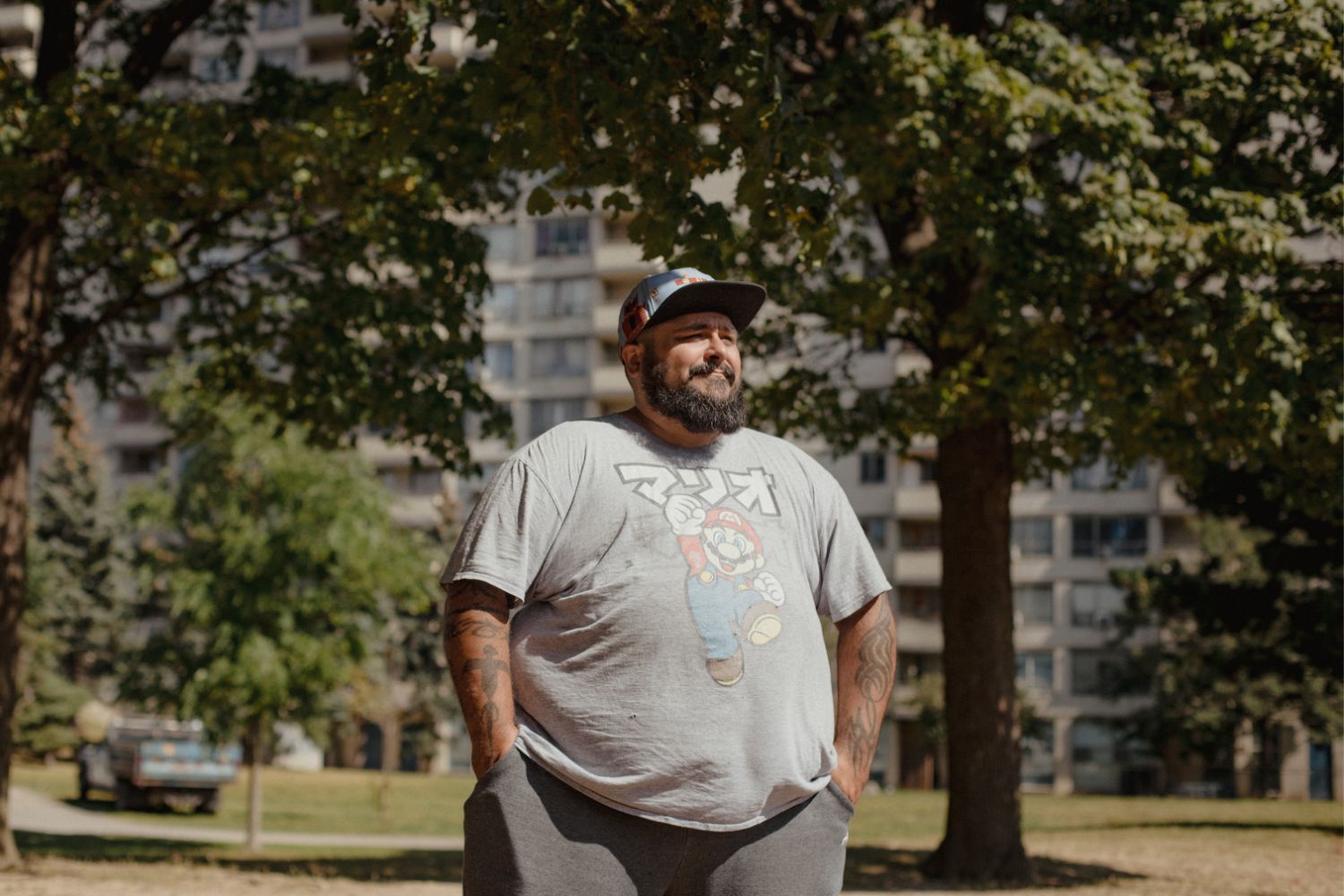
During the pandemic, Rodriguez and his colleagues realized that to fight COVID they needed to fight poverty, food insecurity, and labour exploitation, too. They gave hungry people food bank referrals and grocery-store gift certificates before broaching the topic of masking. If residents were unable to take sick leave, the team helped them get government income supports—or connected them to a legal clinic specializing in employment law—rather than lecturing them on the importance of self-isolation.
When the vaccines came out, Rodriguez assembled a group of community ambassadors, whose job was to increase immunization rates in the neighbourhood. He encouraged the ambassadors, however, to listen and respond—to answer questions, offer referrals, and build trust—without pressuring anybody too much to get the jab. This approach, he believes, was the only viable one. In the northwest, the COVID crisis was enmeshed in a web of other crises. You couldn’t respond to one without responding to them all. (As a trans man and a second-generation immigrant from Latin America, Rodriguez is perhaps uniquely suited to seeing events holistically—to understanding how challenges interlock in the northwest.)
The aftermath of the pandemic has left him both optimistic and frustrated. During the acute phase of the crisis, he says, various non-profits—food banks, settlement agencies, public-health services—began cooperating to address the overlapping emergencies of the moment. They continue to cooperate today and are taking a similarly multifaceted approach to other health challenges: diabetes, hypertension, food security, access to care. “The community is more connected than ever,” he says.
But the problems that exacerbated the crisis have not disappeared. If anything, they’ve gotten worse. At the best of times, COVID seemed to portend a brighter future for the northwest. Government income supplements, guaranteed sick days, tenant protections—these programs seemed like models for what a more caring society might offer its citizens. But when the emergency ended, so did the supports. Public interest in the northwest died down, too. So, while much of Toronto is transitioning to post-pandemic life, the northwest is grappling with all-too-familiar challenges.
Perhaps the biggest challenge is food insecurity. At the beginning of 2020, the North York Harvest Food Bank had a location at Northview Heights Secondary School, near Bathurst and Finch, where it served seventy or eighty households per month. Then COVID hit, and, to accommodate demand, the food bank kept relocating to bigger spaces—a church, a library, the Zamboni room at the Herbert H. Carnegie Centennial Centre. Today, it has a permanent space within the arena building, where, last August, it served a record 837 households. “The numbers are shocking,” says Mandy Ridley, a senior manager at North York Harvest. “And they’re only going to get higher.”
Ridley explains that the food emergency began with the pandemic but didn’t end with it. COVID layoffs increased the number of financially insecure people, but CERB at least mitigated the problem. Now, there’s an inflation crisis, and the income supports are gone. “People say that inflation is up 7 or 8 percent overall,” says Ridley, “but some food products have gone up 40 percent.” If you’re on a fixed income or working a low-wage job—and you already have to pay inflated prices for shelter, communication, and transport—you may find that there’s little room left in your budget for food.
Six kilometres west, at the Jane/Finch Centre in Yorkgate Mall, Obosa Obaizamomwan, a settlement worker, has witnessed the same phenomenon. Obaizamomwan oversees the weekly food bank and says that demand has almost doubled since the pandemic, from 1,000 people per month to nearly 2,000 today. Across the city, according to the Daily Bread Food Bank, visits have quadrupled since before pre-pandemic times. In theory, the Jane/Finch Centre food program is a once-a-week operation, meant to serve nearby community members. But Obaizamomwan gets drops-in on all days, some who have travelled in desperation from Regent Park, Vaughan, or Scarborough. “Our door is always open,” he says. “If you are able to make your way here, you must be attended to.”
Abdul Nur is a youth outreach worker at the centre who started volunteering in the Jane-Finch community as a teenager in the 2000s. During this period, he watched two of his friends get arrested for robbery and thrown roughly into a police van. The experience was unnerving. He’d always thought of criminals as shadowy others, but suddenly the distance between his world and theirs didn’t seem so vast. Volunteering was a means of maintaining his focus. Today, Nur spends four evenings a week running the Spot, a social space at the back of the Jane/Finch Centre, where young people hang out, play video games, chat, and cook meals.
Cooking, for Nur, is the key Spot activity, not only because it’s social and cooperative but also because it cultivates a basic survival skill: making scarce resources last. Most cooking at the Spot is done with remains from the food bank. Leftover chicken and lettuce become a Caesar salad, bananas become fritters, sriracha and ramen become spicy noodles. The group recently had a spicy-noodle-eating contest, where Nur learned that his tolerance wasn’t as strong as he’d thought it was. “The pain was excruciating,” he says. “I had tears running down my cheek.”
The atmosphere at the Spot is joyous, but the life lessons are sobering. “We’re teaching the youth to use what they have,” says Nur. “In order to eat at home, you have to first do a scan of your kitchen and then decide what little extras you can buy.” Word has gotten out about the youth events, and now adults are dropping by in the evenings, hoping for a hot meal. “People working full-time jobs are showing up,” says Nur. “The money they’re making isn’t stretching the way it used to.”
After saying goodbye to Nur, I returned to the food bank in the front room and helped the volunteers load hampers, each a cardboard box with enough provisions to sustain a family for days—pasta, chickpeas, broccoli, beef. I made a note of each item. On my way out, I visited the No Frills on the ground floor of the mall, where I located every product in the hamper and tallied the prices on my phone. The total came to $97 before tax. In the northwest, says Ridley, many people must feed their families on $3 a day.
Local Journalism Matters.
We're able to produce impactful, award-winning journalism thanks to the generous support of readers. By supporting The Local, you're contributing to a new kind of journalism—in-depth, non-profit, from corners of Toronto too often overlooked.
SupportEarlier that day, while on my way to Yorkgate Mall, I’d glanced out the bus window and noticed something strange: a patch of land, fenced off and overgrown, a few blocks south of the Jane-Finch intersection. It’s the kind of sight one sees in Rust Belt cities like Detroit, where, thanks to capital flight and deindustrialization, properties have lost their monetary value. Lacking resale prospects, owners have simply pulled up stakes, leaving their houses to be picked apart by salvagers or consumed by fire.
None of this explains what was happening at Jane-Finch, though. Toronto’s problems are the inverse of Detroit’s. When it comes to housing demand, we suffer from a surfeit, not a lack. Far from worthless, Toronto properties are worth a great deal, so much so that tens of thousands of people, including full-time workers, can’t afford a suitable home. What kind of Toronto developer buys up a property—in a high-density neighbourhood, no less—only to fence it off and leave it alone? The answer is surprising.
Mwarigha MS is the vice-president of housing and homelessness services at the non-profit WoodGreen. During a Zoom call, he painted a familiarly bleak picture of the situation in the northwest. He spoke of crowded apartments, overflowing shelters, and grievously backlogged wait lists. He said that various post-COVID factors had worsened the crisis: housing-market inflation, an influx of newcomers, and the expiration of provincial laws—including a rent freeze and a moratorium on evictions—that had protected tenants during the darkest days of the pandemic.
This latter factor, he added, has been particularly ruinous. Finding themselves at last able to recoup lost revenue, landlords are now doing so aggressively—also understandably, given that they too have incurred COVID-era debts. “Owners are raising rents to make back the 9 or 10 percent that was lost during the moratorium,” says Mwarigha. “Evictions have also resumed. Many people fell behind during the pandemic. Now, it’s a free-for-all.”
Compounding this problem is the issue of housing supply: there isn’t enough of it. Developers are keen to build market-rate housing along the future LRT line, where property values are likely to increase, but affordable housing in the area is a tougher sell. In downtown precincts, however, where prices are high—and property values are expected to rise further—there’s a common business model that supports affordable developments, albeit in limited quantities.
If you build a housing complex in a neighbourhood like Regent Park, for instance, which has many low-income families but is also mere blocks from Bay Street, you can sell the majority of the new dwellings at the going market rate; you can then use the resulting windfall to subsidize the remaining units, thereby keeping them affordable, while also lavishing returns on your investors. The model works, sort of. The recent Regent Park redevelopment has added a significant stock of affordable homes to the neighbourhood. It has also added a much larger stock of homes that are better described as unaffordable: of the roughly 2,600 new dwellings, more than 75 percent are priced at the downtown market rate. Public land, in other words, has been leveraged to build a community made up, primarily, of expensive homes. (A so-called affordable unit, according to the city, is one that rents for 80 percent of the market rate.)
For many Torontonians, COVID was a once-in-a-lifetime calamity; for his community, it was a single crisis among many.
In the northwest, Mwarigha argues, the model may not work at all. He believes that a developer selling market-rate housing at, say, Jane and Finch, won’t normally make enough money to both pay for affordable units and give investors the profits they desire. But, if people are willing to get creative, he adds, there are still ways to build with the community’s needs in mind.
On our Zoom call, he and I were joined by Sherry Larjani, president of Spotlight Development, a non-profit that seeks to create accessible housing stock. Spotlight has bought a 4.5-acre property in the northwest, near Lawrence Avenue West and Black Creek Drive. The residual value of the land is low, which means market units there won’t sell for top dollar. But low residual value also means low costs: Larjani bought the land for a fraction of what she would have paid downtown.
Larjani’s business plan differs from the downtown model in another key way: she’s partnering with non-profit investors, including WoodGreen, which means the margins don’t have to be sky high for the project to work out financially. She’s also leveraging economies of scale. The new development, called the Inclusive, will have 1,800 units, making the per-unit building costs much lower than they would otherwise be. By selling 30 percent of the units at market rate, Larjani and her co-investors say they can cover their project costs. Then, WoodGreen and its non-profit partners will manage the remaining 70 percent of the units in perpetuity.
They will do so in a way that works for the community. The Inclusive will have wraparound social services, including a food bank, a clinic, and free 24-hour daycare. And in cases where units, despite being priced “affordably,” are still too expensive for local residents—particularly newcomers, seniors on fixed incomes, and patients transitioning from hospital—the non-profits will file the necessary paperwork to ensure that clients get the rental support they need. “By approaching the municipal and provincial sources of rent supplements,” says Mwarigha, “we can close the gap between what our clientele can afford and what our investors require to maintain viable rental stock.”
With their tactical approach, Mwarigha and Larjani believe that they’ve got a workable model for the northwest. But such thinking, they say, is rarer in the community than it needs to be. Perhaps that’s why there’s a vacant lot at Jane and Finch.
Until recently, the lot had featured a small development, owned by Toronto Community Housing, a city corporation. But then, TCH demolished the homes and temporarily relocated the tenants to make way for a new community, Firgrove-Grassways, comprising a large crop of market houses (at most, 644) and a small net increase in affordable units (at most, 107, over and above the pre-existing rental units, which will be replaced or restored).
But Mwarigha suspects that, even with this lopsided ratio of market-to-new-affordable housing, the market houses still won’t bring in enough money to subsidise the affordable units—at least not after investors have taken their cut of the proceeds. “The residual value of the land at Jane and Finch is not, on its own, attractive to developers,” he says. (In an email, TCH confirmed that they have not begun seeking a private investor for the project, although they are confident that they will find one.)
Could things be better? TCH could work up a creative scheme, working with non-profits to reduce the expectation or need for windfalls, and leveraging economies of scale to build a higher proportion of affordable dwellings. In the absence of such strategic thinking, Mwarigha argues, Jane-Finch residents are left, today, with an overgrown field—and a promise that, eventually, they’ll receive a paltry increase of non-market housing stock. “Right now, you have a net reduction of housing in the neighbourhood,” he says. “I’m not sure there’s a clear plan for what’s going to replace it.”
Mwarigha was describing a familiar kind of frustration—the frustration of a person who understands what his community needs and yet finds himself watching from the sidelines as better-resourced institutions step in and do things their own way. During the pandemic, Althea Martin-Risden, director of health promotion at the Rexdale Community Health Centre, had many similar experiences.
As a community worker in the neighbourhood, she was often acutely aware of the gap between reality as it was and reality as the public-health establishment saw it. “The COVID measures that were announced didn’t fit with our community,” she says. “The stay-at-home orders didn’t work because our people were staffing the supermarkets and keeping the economy going.” For Martin-Risden, the early vaccine rollout was particularly exasperating. The William Osler Health System initially offered vaccines, for example, at the north campus of Humber College, a nearby location that is nevertheless difficult to access by transit. Vaccine hunters swarmed in. “The clinic was reaching people outside of the community,” says Martin-Risden. “It was not reaching the intended population.”
Eventually, the Rexdale CHC partnered with the University Health Network to provide vaccines their own way, via numerous pop-ups. “We had clinics in churches, mosques, schools, workplaces, and the local race track,” says Martin-Risden. “At most of them, we had an ice-cream truck and a DJ pumping out music. Turnout was sometimes too good. We had hundreds of people lined up down the street.”
The Rexdale CHC had come up with a successful model—part public-health campaign, part block party—that it now uses toward other initiatives. The organization offers monthly events, where people get diabetes tests, blood-pressure checks, or basic cancer screening—as well as gift certificates to the local massage parlour or nail salon. Each event, says Martin-Risden, adheres to three rules: “Make sure to communicate with people in their preferred language. Make sure your staff look like the people you’re serving. Make sure there’s food with everything you do.”
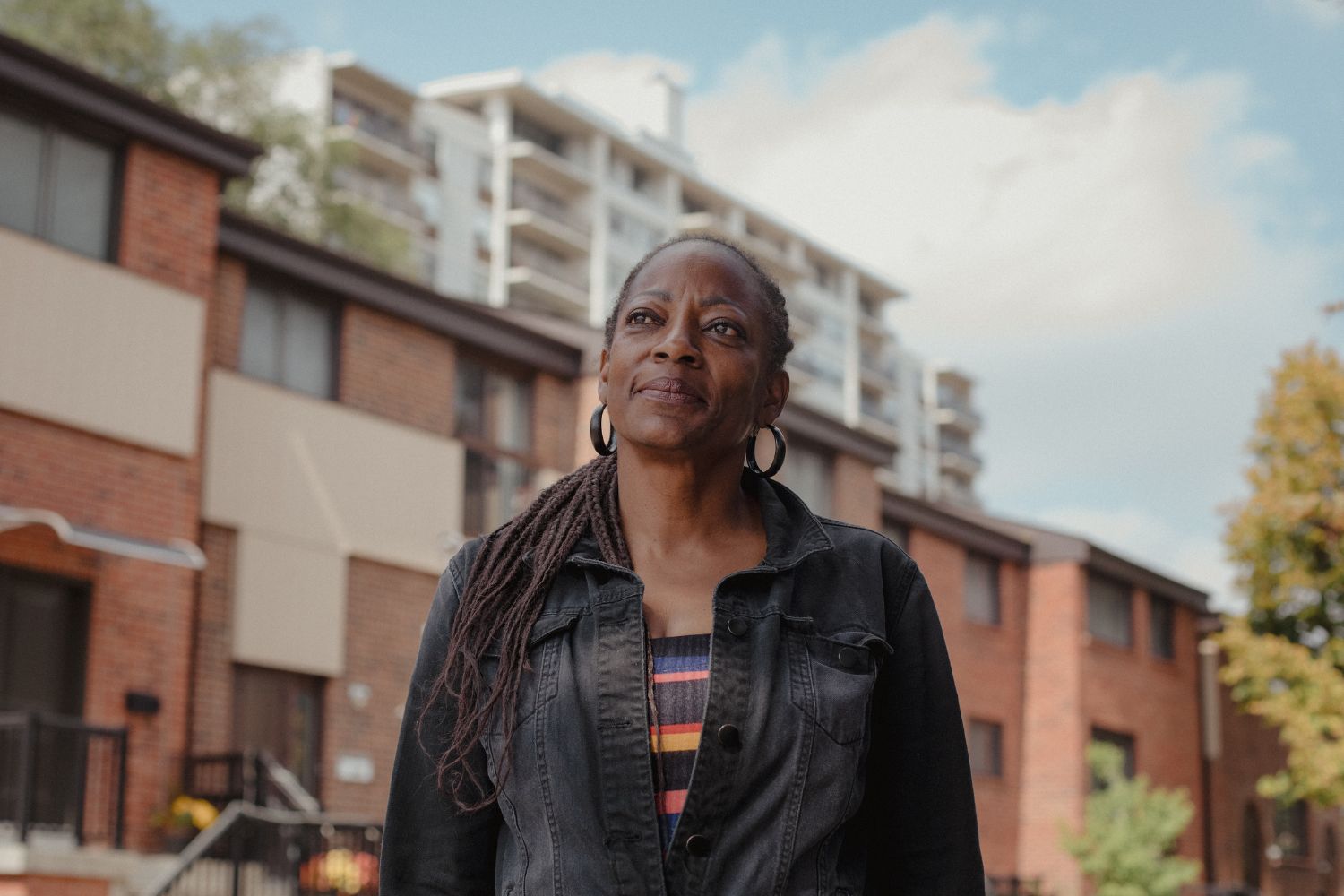
The annual Foodie Festival in late August is held in the parking lot of Albion Library, in Rexdale’s Smithfield neighbourhood. This year, the event drew almost 3,000 people, and it featured aerobics classes, food trucks from local restaurants, a booth where kids decorated chefs’ hats, and a DJ playing reggaeton, dub, hip hop, and dancehall. There was also a van retrofitted as a mobile doctor’s office, where people could get their blood pressure checked.
The festival felt like a funhouse inversion of the dour city-run public health initiatives so typical of the COVID era. There was no high-handed rhetoric, no sermons about personal responsibility—just roti and shawarma and breakbeats. People came because they wanted to be there. And nobody had to pay.
In a corner of the parking lot, volunteers for North York Harvest led a participatory art project. During the pandemic, NYH had partnered with Albion Library to run a food bank at the site. A volunteer named Mairead Stewart told me that lines outside the food bank had become a de facto social club—a place for people to banter and tell jokes. “There weren’t any other shared spaces,” Stewart explained.
The art project was inspired by this observation. At the table, the volunteers tore up ribbons of fabric, on which passersby wrote answers to a simple question: what did food and community mean to them? Stewart then wove the ribbons into a chunky tapestry, called a rag rug, to be displayed at the food bank. “I don’t think Maslow’s ‘hierarchy of needs’ is accurate,” they told me as they worked the loom. “People need human connections as much as they need food.”
Few people know this fact as personally as Olesia Silchuk does. Until 2022, Silchuk was a university lecturer in business communications in Poltava, a city near the centre of Ukraine, where she lived with her two teenage sons. In March, she and her sons boarded an evacuation train headed for Ivano-Frankivsk, in the west of the country. The ride was harrowing. Russian invaders were still attempting to seize Kiev. When the train crossed bridges near the capital, seemingly everyone held their breaths, fearful of a bomb strike. To avoid detection, the train sometimes halted and went dark. Adults steeled themselves. Children howled in terror.
After arriving in Ivano-Frankivsk, Silchuk and her sons crossed the border into Slovakia. From there, they went to Kahramanmaras, a city in the Mediterranean region of Turkey, and eventually to Toronto. They live today in a small flat in midtown, and Silchuk spends two days a week as the Ukrainian group activity worker at North York Community House, a settlement agency just south of Bathurst and Finch. She offers English-language conversations to Ukrainian newcomers and regular group events, including excursions into the city.
Her services are desperately needed. The Finch West corridor has long been a landing spot for refugees; Ukrainians fleeing the Russian invasion are simply the latest wave. Since the start of the war, North York Community House has offered settlement services to 850 Ukrainian newcomers, many of whom need all the life necessities—furniture, clothing, employment, housing. Some are couch surfing or living with friends or relatives. Food banks are fielding requests not only from immigrants themselves but also from the sponsors who billet them. Having opened their homes to newcomers during an inflation crisis, many residents are now struggling to make ends meet themselves.
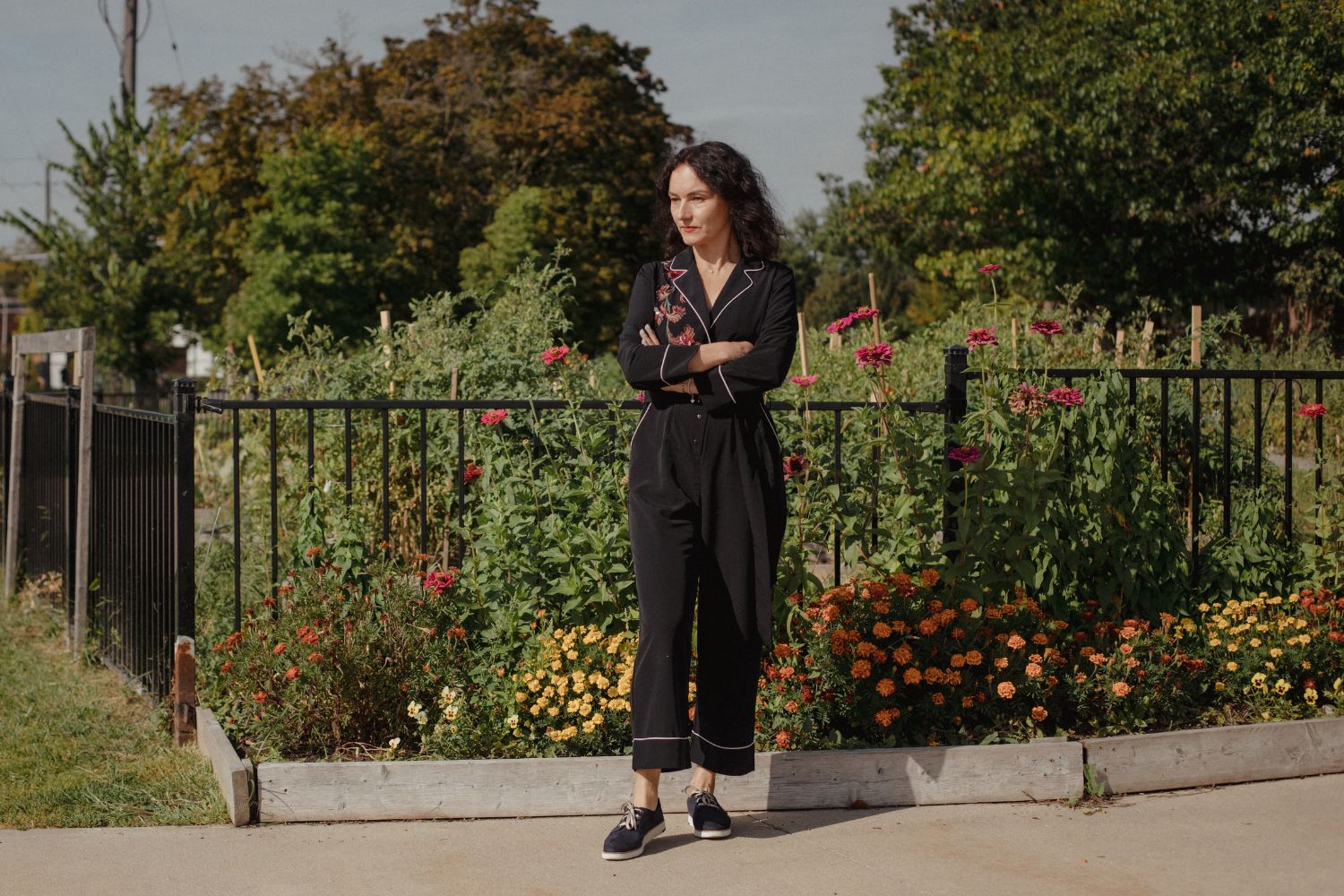
Silchuk has seen the psychological strain on the community up close. When you’ve built your identity around your home and your professional status, Silchuk says, the experience of having them yanked away can be profoundly destabilizing. Clients often complain to Silchuk about the indignities of doing menial work—cleaning offices, hauling boxes—and also about the fear that nobody will see them for the doctors, engineers, and professors they so recently were. Cut off from their past and unsure of their present, Ukrainian newcomers can feel unmoored in space and time. Of the many things Putin has stolen from them, the most precious may be a stable sense of self.
For Silchuk’s clients, the worst days are those that follow a major calamity back home: the fall of Mariupol, the destruction of the Kakhovka Dam. (Silchuk was similarly affected when, in February, an earthquake destroyed much of Kahramanmaras, the Turkish city to which she’d initially fled.) But, she adds, sorrow cannot be an excuse for apathy. When grieving clients show up for a language tutorial, she gives them time to pray or reflect in silence. Then, they get to work. “We have to keep moving forward,” she says.
The monthly excursions offer a chance for people to connect with their adopted home. In May, the group visited the Art Gallery of Ontario, where they admired Tom Thompson’s jack pines and Lawren Harris’s icebergs. The next month, they visited Toronto’s First Post Office, a still-active mail depot from 1833. The visitors were invited to write letters with a quill pen and to seal the envelopes with wax. They could even mail the letters out, although nobody in Silchuk’s group could afford the price of postage. What does one write in a letter to no one? “Many people,” she Silchuk, “just wrote their own names.”
The COVID memorial in Rowntree Mills Park—a sprawling greenspace that wends its way through Humber Summit—is a monument to a recent history that, for many people outside the northwest, is already starting to feel remote. It is a reminder that nobody in the community has been untouched by death.
Every Thursday, Viola Rawana, a grandmother and northwest resident, meets with a group of women near the memorial. Sometimes, the women hike the park, or they beautify it by raking leaves or picking up litter. On the Thursday I visited, they were attending a workshop on flower-pot gardening led by Laura Scrivener, founder of Neighbourhood Foodscapes, a non-profit that supports urban agriculture.
As an icebreaker, Scrivener asked the participants to introduce themselves and to speak about their experience with gardening. A few were novices. Others had been avid gardeners back in West Africa or the Caribbean. One woman recalled propagating banana trees in Nigeria by dividing them at the roots; as she spoke, others nodded along. Many people complained that they were struggling to reactivate their gardening hobby in Canada, often because of subpar light or a lack of balcony space. “I’ve been trying to grow vegetables at home,” said one participant, “but you can’t get a bee or a butterfly to come to the sixteenth floor.” Balcony gardening could be tricky, Scrivener conceded, but with a few clever hacks, she added, the work could still be done. “You can grow all kinds of things in one of these,” she said, holding up a pot. “And we’ve got to do it, right? We’ve all seen the prices at the grocery store.”
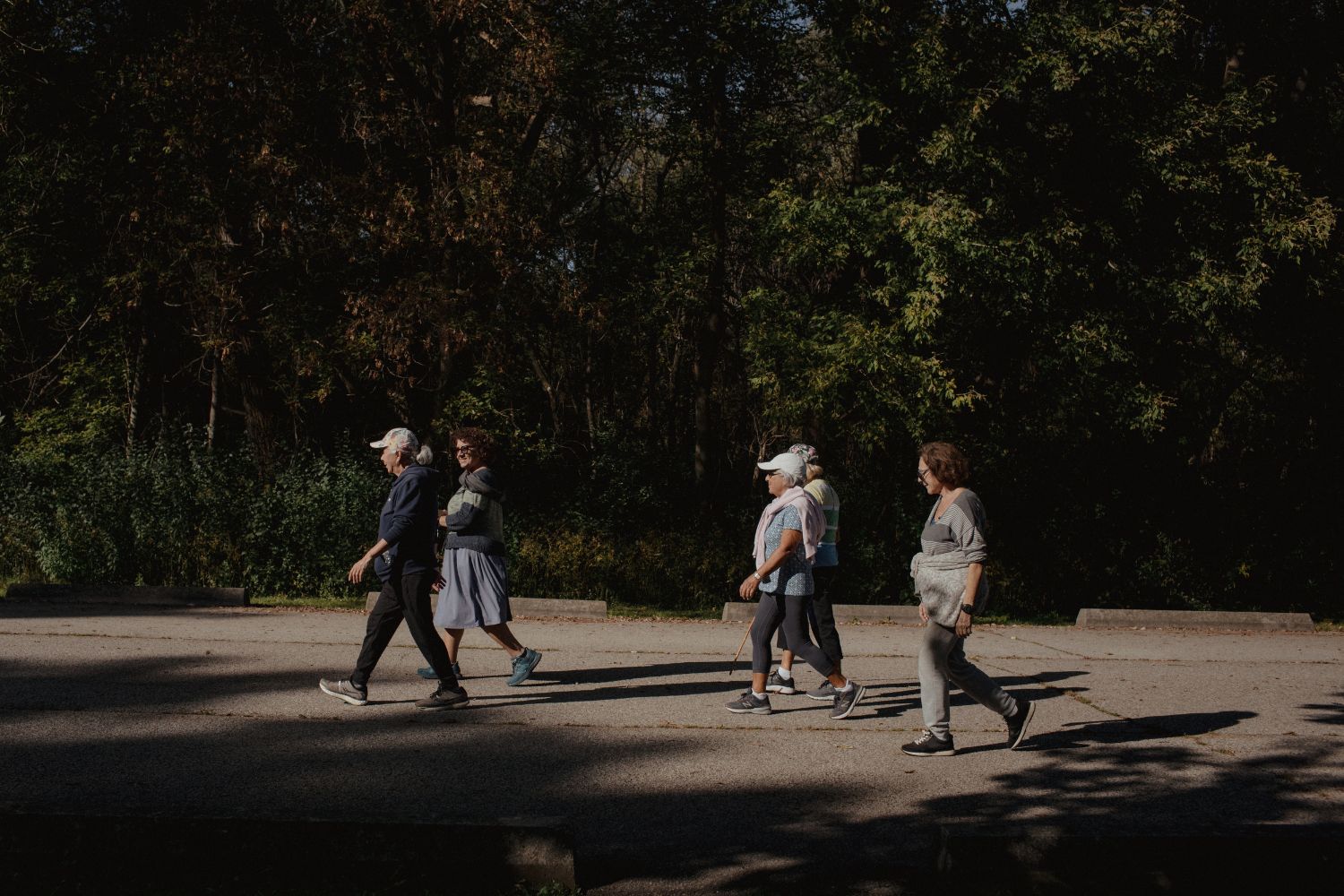
After Scrivener’s lecture, Rawana and I stole away to the memorial. As we walked, we discussed the pandemic’s toll on the community. In the northwest, people had contracted the virus in warehouses or on public transit, and had died in single-room dwellings or poorly ventilated, overcrowded flats. At Hawthorne Place Care Centre, at Jane and Finch, management basically absconded, leaving one in five residents to perish. A few blocks west, at Downsview Long Term Care, one in four residents had succumbed either to COVID or to dehydration and neglect. Rawana herself had lost a niece, a truck driver who contracted the virus while traversing the American southwest.
Toronto had let the northwest down. By failing to alleviate poverty, overcrowding, and hunger before the pandemic, it had set the region up for disaster. In many respects, the situation had only deteriorated since then. Were another pandemic to arrive next month, Toronto would fail the northwest again, probably in the exact same way.
It was hard not to view Rawana’s interest in gardening as a response to the presence of death in the community. To grow things from the soil is to remind yourself that nature is regenerative, that the same elemental force that destroys life also makes things sprout and multiply. Fittingly, the Rowntree Mills COVID memorial is itself a garden, an amalgam of native plants as varied and dense as a coral reef—whorls of lavender, clusters of rough ox-eye, stalks of Canadian rye.
Rawana and I parted at the memorial—she had another event to go to—and I returned to the picnic table to ask a question of the Nigerian women: How had they propagated banana trees from the roots? They explained that banana roots grow in thick balls, like skeins of yarn. Enmeshed in these balls are pups or suckers—baby trees, whose roots are intertwined with those of the mother. By separating the roots, perhaps with a shovel and a steady hand, a gardener can free the pups from the tangle, liberating a new, viable plant.
While the women spoke, another participant, Thelma, said that, decades ago in the Caribbean, she’d seen something similar. Thelma was in her late 70s, and COVID wasn’t the first calamity she’d experienced. As a child in Barbados, she’d survived Hurricane Janet, a tropical cyclone in 1955 that killed over a thousand people in the archipelago. In the aftermath of the storm, the landscape, she says, was littered with the bodies of fallen banana trees. Thelma watched as gardiners pulled the pups away from the trees—a post-hurricane ritual of regeneration. “The plants were dead,” she says. “But there was life in the roots.”
The Finch West Issue is made possible through the generous support of United Way Greater Toronto and Metcalf Foundation. All stories were produced independently by The Local.

